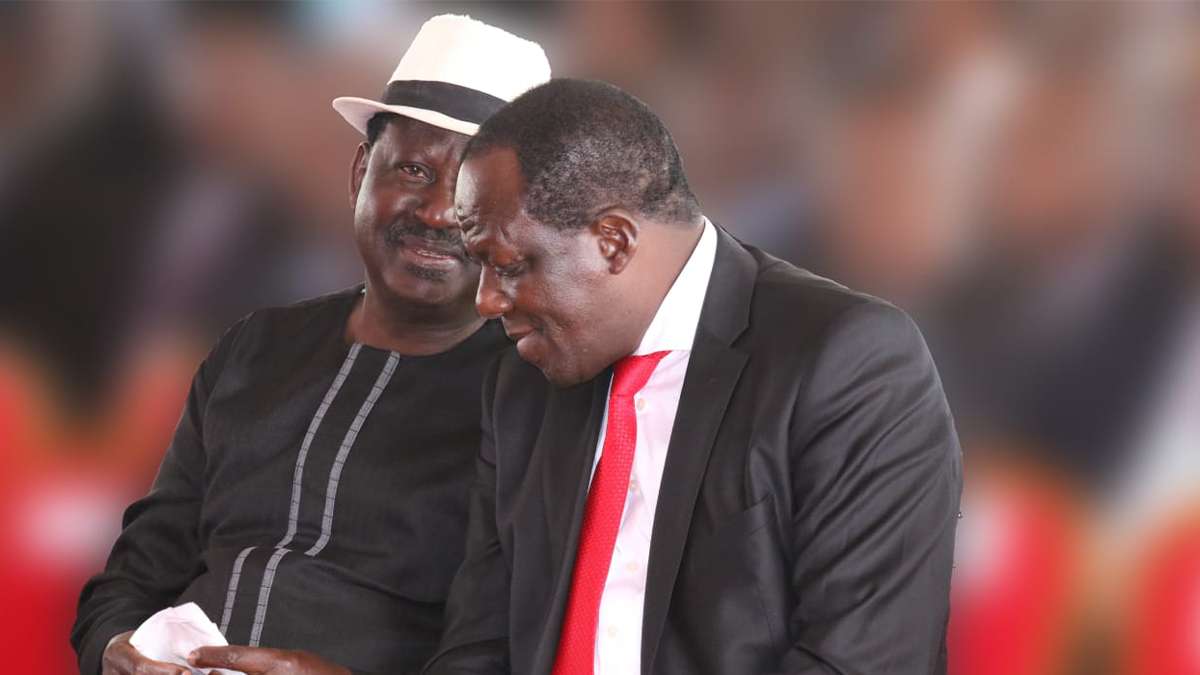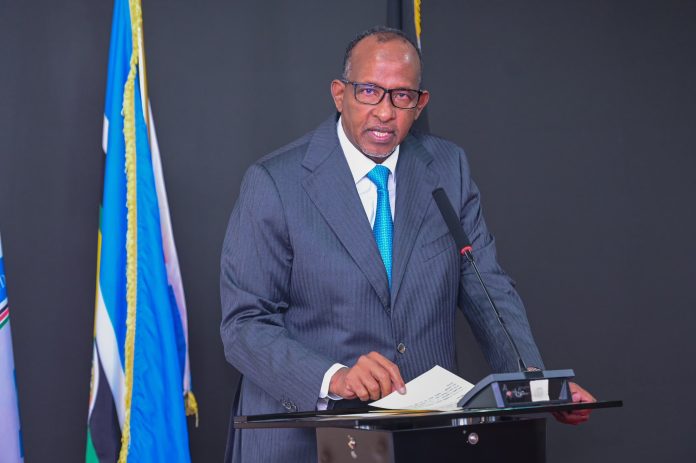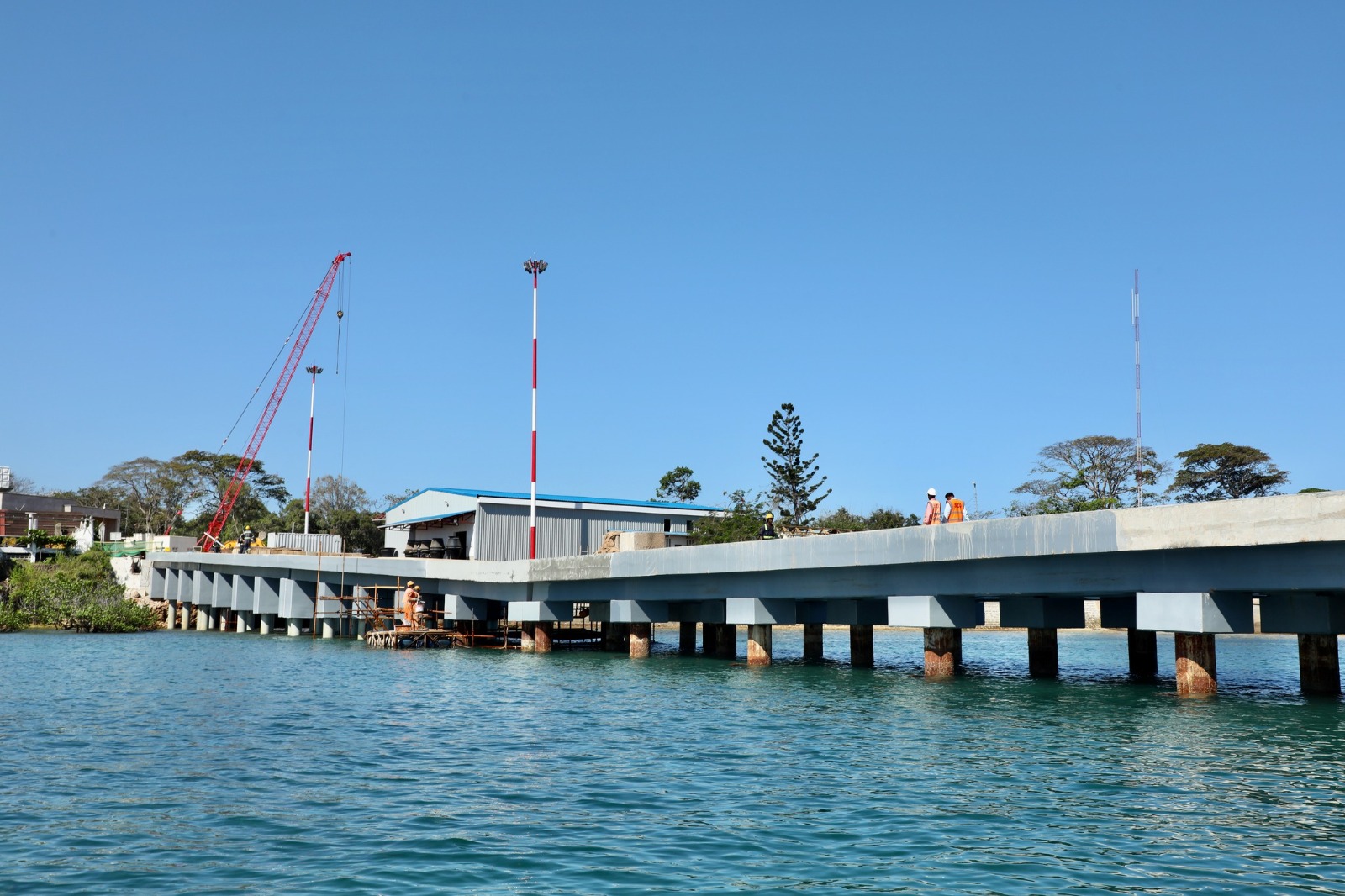TWV Team
In recent months, the political fabric of Western Kenya has been undergoing a seismic shift, with several emerging parties challenging the long-standing dominance of the Orange Democratic Movement (ODM). The rise of smaller parties, backed by prominent local leaders, signals the beginning of a new political era in the region.
As the race for the 2027 general elections heats up, these parties are positioning themselves to capture the hearts and minds of the electorate, aiming to create a balance of power that could fundamentally change the political landscape.
The Democratic National Alliance (DNA), founded by former allies of Prime Cabinet Secretary Musalia Mudavadi, has become a central figure in the battle for Western Kenya’s political soul. Although the party has distanced itself from Mudavadi, who has repeatedly denied any involvement, the DNA’s formation is still seen as a significant development. Political observers believe that the party could carve out a substantial portion of the electorate, especially among those disillusioned with the traditional political powerhouses of ODM and UDA.
Despite Mudavadi’s public disassociation, the DNA is drawing considerable attention, largely due to its promise of bringing a fresh approach to regional politics. The party’s leaders, including Godfrey Kanoti and Barrack Muluka, have already taken significant steps to establish themselves as a credible alternative, with Joab Manyasi emerging as their candidate in the upcoming Malava by-election.
The United Patriotic Movement (UPM), led by Kakamega Senator Boni Khalwale, is another player in the mix, alongside the Democracy for the Citizens Party (DCP), which counts Rigathi Gachagua and former Kakamega Senator Cleophas Malala among its prominent figures. The DCP, in particular, has garnered attention for its strong stance on Western Kenya’s political independence, with Malala claiming that both ODM and UDA have lost the trust of the local population.
The United Democratic Party (UDP), under the leadership of Cyrus Jirongo, and the Democratic Action Party-Kenya (DAP-K) , led by Eugene Wamalwa , further complicate the situation, as each party vies for influence in this increasingly competitive region. Despite the sibling rivalries between these smaller parties, Malala has urged the leaders to eventually unite against a common foe, an alliance that could present a formidable challenge to the established political order.
The upcoming Malava by-election is fast becoming the litmus test for these smaller parties. Scheduled for November 27, the election will feature candidates from UDA, ODM, and the new political forces vying for a foothold in the region. The contest has gained even more significance due to the fact that it could set the tone for the 2027 general elections.
The DNA’s Joab Manyasi and DCP’s Edgar Busiega are the frontrunners for the by-election, both determined to challenge the status quo. On the other hand, Seth Panyako of DAP-K, who ran in the 2022 elections, is seeking redemption after narrowly losing the seat. The stakes couldn’t be higher, as each party strives to showcase its strength and sway the electorate in its favour.
Historically, ODM has been the dominant political force in Western Kenya. However, political analysts argue that its grip is loosening. Martin Andati, a political commentator, notes that ODM’s popularity has significantly declined in recent years, particularly in Kakamega and Busia counties. Many locals feel that Raila Odinga and ODM have neglected the region, prioritising development initiatives in Nyanza rather than in the heart of Western Kenya.
Andati argues that ODM’s focus on Nyanza, where Odinga is from, has led to feelings of disenfranchisement in Western Kenya. This growing sense of neglect is compounded by what many see as unfulfilled promises, such as the failure to appoint Wycliffe Oparanya to the Treasury Cabinet Secretary position, a move that was supposed to demonstrate ODM’s commitment to the region’s development.
As the political field grows more crowded, the question on everyone’s mind is whether these smaller parties, aside from their rivalries, and come together to create a strong political force in Western Kenya. Cleophas Malala is one of the most vocal proponents of such an alliance, arguing that Western Kenya’s votes should no longer be used as a political bargaining chip for other regions. “It is time for local leaders to come together, safeguard our interests, and demand what is rightfully ours,” Malala asserts.
If these parties can unite under a common cause, they could present a significant challenge to the more established parties in the 2027 elections. However, the path to unity is fraught with challenges, and whether the smaller parties can reconcile their differences remains to be seen.
One figure whose movements are being closely watched is Musalia Mudavadi. While he has distanced himself from the DNA, his continued presence in the region, particularly in the Malava by-election, suggests that he sees Western Kenya as crucial to his political future. Mudavadi’s return to the region could signal the start of a new political realignment, one that may reshape the future of the region and its relationship with the central government.
The political landscape in Western Kenya is evolving rapidly, with smaller parties gaining traction and challenging ODM’s long-held dominance. As the region braces for the Malava by-election, all eyes will be on the outcome, which could serve as a bellwether for the 2027 elections. Whether these emerging political forces can consolidate their power and form a united front against the political giants like ODM and UDA remains uncertain. What is clear, however, is that Western Kenya’s political future is no longer a foregone conclusion, and the battle for its votes is only just beginning.





